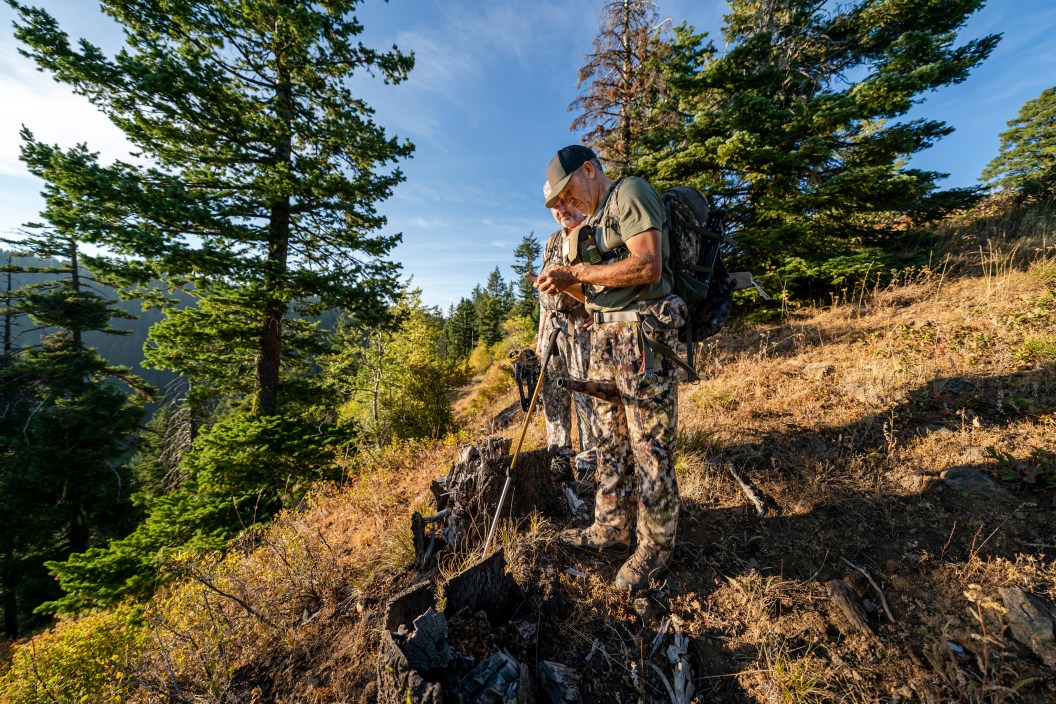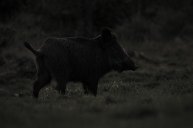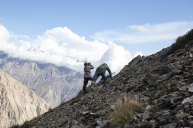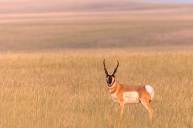Humans have been hunting for half a million years, and during that astronomically long stretch of time we've gone from primitive bows, spears, and scouting parties to scoped rifles, wireless game cameras, and detailed digital maps stored in pocket-sized computers—all designed to make hunting a little less difficult.
But there probably aren't many of us who took up hunting because it was "easy." We took up hunting because it was challenging, frustrating, and at times downright uncomfortable. In an age where many of us know we're getting three square meals a day and have a comfortable home to come back to (complete with hunting shows on Netflix and a reclining couch), there's something to be said about choosing to spend your time in a less-cushy way.
And while there's no argument that technological advances like satellite communication devices, mapping apps, and better weapons and scopes have made hunting easier, just because something is easier, doesn't necessarily mean we should do it. There is always a line, and chances are it's different for all of us. The hard part is finding out where exactly our own line is. This can make the subject of technological advancements in hunting a sticky subject.
Just The Right Amount of Tech
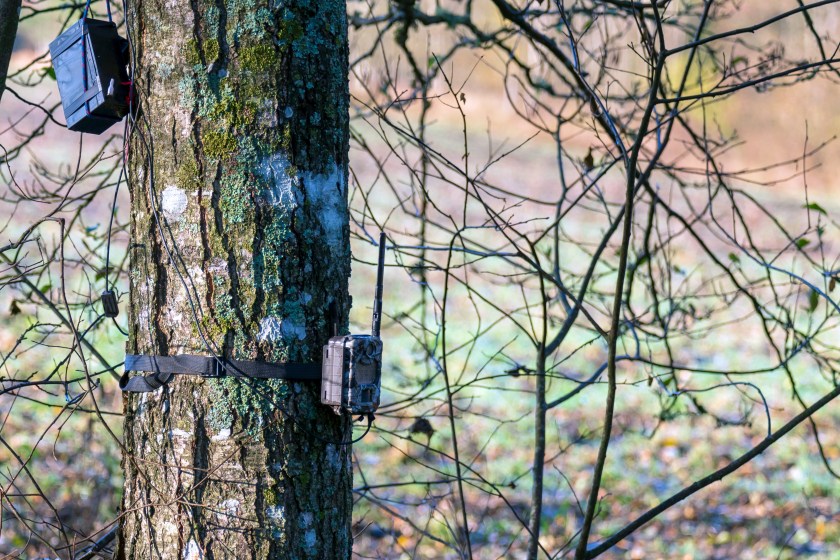
Getty Images
Hunting technology, in my mind, should first and foremost make hunting safer and more ethical. More technologically advanced clothing helps us stay warm and dry in the worst weather and better-fitting packs let us pack out heavy loads of meat without hurting our backs. Binoculars and range finders help us locate animals and better judge out shots, while satellite communication devices give us a measure of safety when we're out of cell service.
One technological advancement that many of us can get on board with is digital maps, which can be used right from your smartphone. Digital maps allow us to see precisely where we are regarding land ownership boundaries (and how to get to the big tract of public land just beyond the 'no trespassing' sign). They also can show us burn areas, timber cuts, what crops have been planted on what agricultural land, as well as state-specific hunting information. Most importantly, they can help us easily navigate back home if we get lost.
One East Coast hunter, Chuck Wright, recounted to Wide Open Spaces an elk hunt in Colorado over 20 years ago. He spent all day working his way through mountainous terrain in search of elk, only to find them right at the end of the day. With night falling fast and in an unfamiliar area, he had to break out his map and compass to help him find his way back to camp.
It's something I shivered to think about. As a professional mountain guide who's spent six years guiding clients in the most remote, trailless areas of Alaska, I've never, not once, had to resort to a map and compass. I have pulled my phone out, with its downloaded topographic maps and ability to precisely locate where I am at any point, on more than one occasion when I've gotten turned around in bad weather. And if that ever failed I had my co-guides phone or my GPS unit. I did, of course, always carry a map and compass as a last resort, but it's a method that I thankfully haven't had to resort to yet.
Then there's motorized transport. Gone are the days when the only way you could access remote hunting grounds was by your own two feet. Now there are side-by-sides, ATVs, snowmachines, boats of all sizes, and even bush planes. I spoke with one hunter, Tanner Ortland, who has spent his entire life hunting in Alaska, a place renowned for its difficult access. While he still enjoys a weekend walk to look for moose, the majority of his hunts are motorized so that he can cover as much ground as possible in as little time. In a place where meat is wildly expensive, Ortland relies on the caribou, deer, and moose he brings home to keep him fed through the winter. Hunting, for him, is less about spending time outside and more about the harvest.
Too Much of a Good Thing?
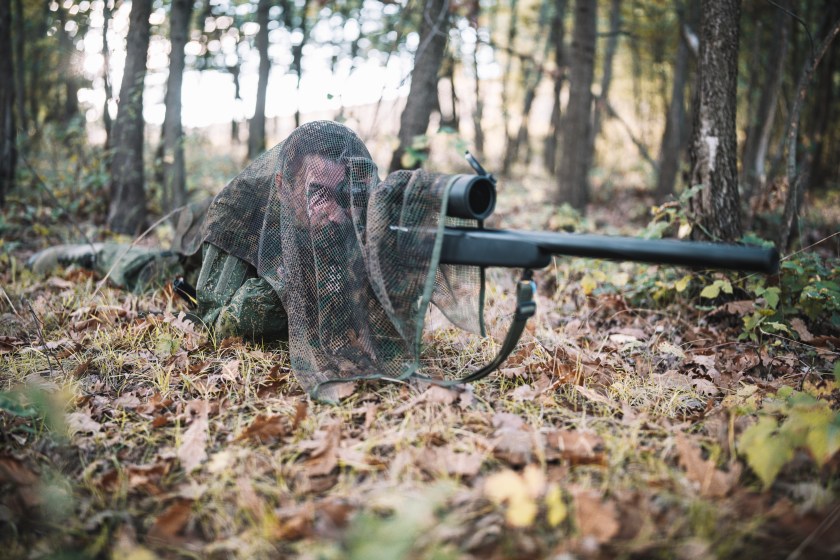
Getty Images, Fly View Productions
Too much of a good thing can, in fact, be a bad thing, and that holds true with technology and hunting as it does with everything else. While technology can make hunts safer, it can also make things easier, allowing our confidence to outgrow our skills. One obvious way this could happen is with long-range shooting.
With technological advances and precision rifles, hunters can technically reach 1,000 or 2,000 yards, making that buck across the valley all the more tempting. But just because you can, doesn't mean you should. Buying a long-range rifle doesn't make you a long-range shooter, and it's almost always more ethical (and practical) to get in closer to an animal and take a shot that you've practiced extensively. At long ranges, factors like the wind, the steadiness of your rest, and your own breathing can seriously alter your shot. Even if you do manage to drop the animal, you then have an enormous amount of ground to cover to reach it, giving scavengers and predators plenty of time to get to it first.
Technology can also take us out of the moment. Wireless game cameras are a great way to see what sort of animals are in your area. But if you place numerous game cameras that send live updates directly to your phone, and then change your plan and route based on that real-time data, you could be crossing a line, be it yours or someone else's. Knowing exactly where the deer are at all times takes some of the challenge out of hunting, and getting constantly pinged by your phone takes you out of the moment. The same is true for social media; while we all undoubtedly like watching YouTube videos on epic hunts, it is hard to imagine that all of that filming and posting online doesn't affect the hunting experience itself.
Then there's the heavy-hitting tech, like thermal imaging scopes, scouting drones, and helicopters. While the legality of these tools vary state to state, one thing for certain: they can help bring home a big harvest. While that may be necessary for invasive or pest species like wild boar, if opened up to other species it could adversely affect the sustainability of a population.
How To Find Your Own Line
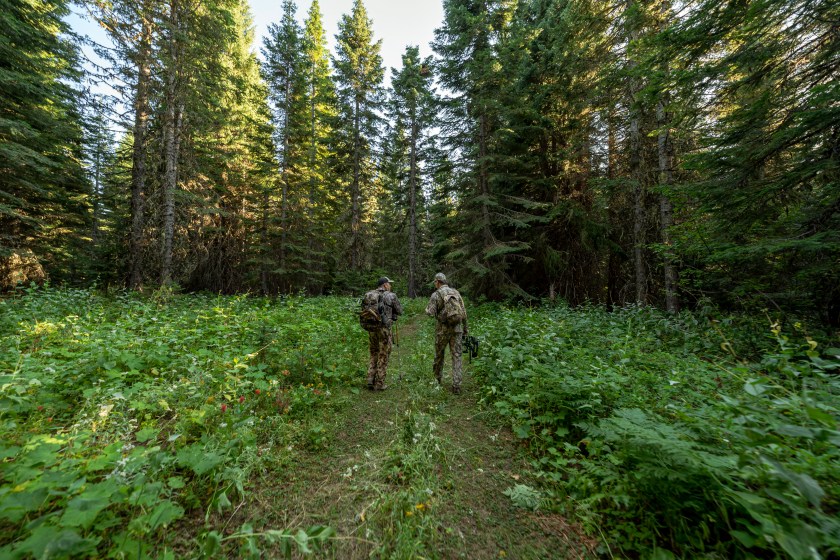
Getty Images, Fly View Productions
I hunt for the same reason I climb and backcountry ski: to be alone outside. Bringing home an animal comes secondary, just like bagging peaks or skiing new lines. I bring just enough technology to keep me safe (Garmin inReach2, maps downloaded on my phone, and well-fitting, weather-proof clothing), and would like to keep it that way.
Wright prefers to keep it simpler, using a flintlock without scopes for some of the season, as well as a bow and a rifle. He tells me, "Flintlock hunting is a more primitive type of hunting, and it's always in the wintertime when not much else is going on. It's a nice way to get a walk in during that time of year, and get outside." He also doesn't necessarily need digital maps, as he hunts on private lands he's familiar with and likes to chat with the neighbors about what deer they've seen in the area rather than set up game cameras.
Ortland falls a little farther on the technology-driven spectrum than both Wright and I, enjoying motorized hunts using boats or snowmachine to access areas and maintaining guns in most calibers, with the latest optics technology for his scopes. Ortland hunts primarily to fill his freezer to get him through the long winters. Harvesting as many animals as he can is often more important than the long, quiet days in the woods that Wright and I favor, and his use of technology favors that.
We've all chosen the level of technology we're comfortable with, that matches the motivations behind why we hunt in the first place. At the end of the day, what matters most is that we're getting what we want out of hunting, whether it's quiet time in the great outdoors, meat in the freezer, or something else. As long as technology doesn't change that, I'm game for it.
READ MORE: The Best Hunting Innovations of the Past 50 Years
